Meet VideoWorld, a cool video generation model made by ByteDance, Beijing Jiaotong University, and the University of Science and Technology of China. This model is special because it learns and understands the world through visual information alone, without needing language models or labeled data. Inspired by the idea that children can understand the world without language, VideoWorld offers a unique approach to AI learning.
Key Features
Learning from Visual Information
VideoWorld looks at lots of video data to achieve complex reasoning, planning, and decision-making. With just 300M parameters, it learns well from unlabeled video data, making it very effective.
Latent Dynamics Model (LDM)
To boost learning, VideoWorld uses a Latent Dynamics Model (LDM) that compresses visual changes between video frames. This reduces extra information and helps the model learn complex knowledge from videos.
Experimental Environments
The research team tested VideoWorld in two key areas.
- Go Game Matches: VideoWorld''s performance in Go shows its ability to learn rules and reason strategically.
- Robot Simulation Control: In robot tasks, the model demonstrates strong control and planning skills.
During training, VideoWorld predicts future scenes by analyzing video demonstration data. In Go and robot tasks, it has shown impressive capabilities, even matching the level of a professional 5-dan Go player.
Benefits
Go Game and Robotics
In Go, VideoWorld embeds multi-step strategies into a compressed space, aiding decision-making and reasoning. In robotics, it captures task-relevant dynamics, benefiting various manipulation tasks. The LDM enables forward planning, considering long-term changes in game situations and helping make strategic moves.
Forward Planning and Decision-Making
VideoWorld models long-range changes progressively, similar to human forward-planning. It imagines opponents'' moves, achieving high action-value and accuracy, and considers long-term game changes within the latent space.
Enhancing Learning Efficiency
The LDM generates causally interrelated codes, capturing task-relevant dynamics and reducing extra information. This method enhances the model''s learning efficiency, making it more effective in complex tasks like origami and tying ties.
Use Cases
VideoWorld''s applications in Go, robotics, and other complex tasks highlight its versatility and effectiveness. Its ability to learn from unlabeled video data makes it a powerful tool for various industries.
Cost/Price
The article does not provide information about the cost or price of VideoWorld.
Funding
The article does not provide information about the funding details of VideoWorld.
Reviews/Testimonials
The project code and model have been open-sourced, encouraging participation and communication from all sectors. This open approach aims to advance AI research and development in video learning and generation.
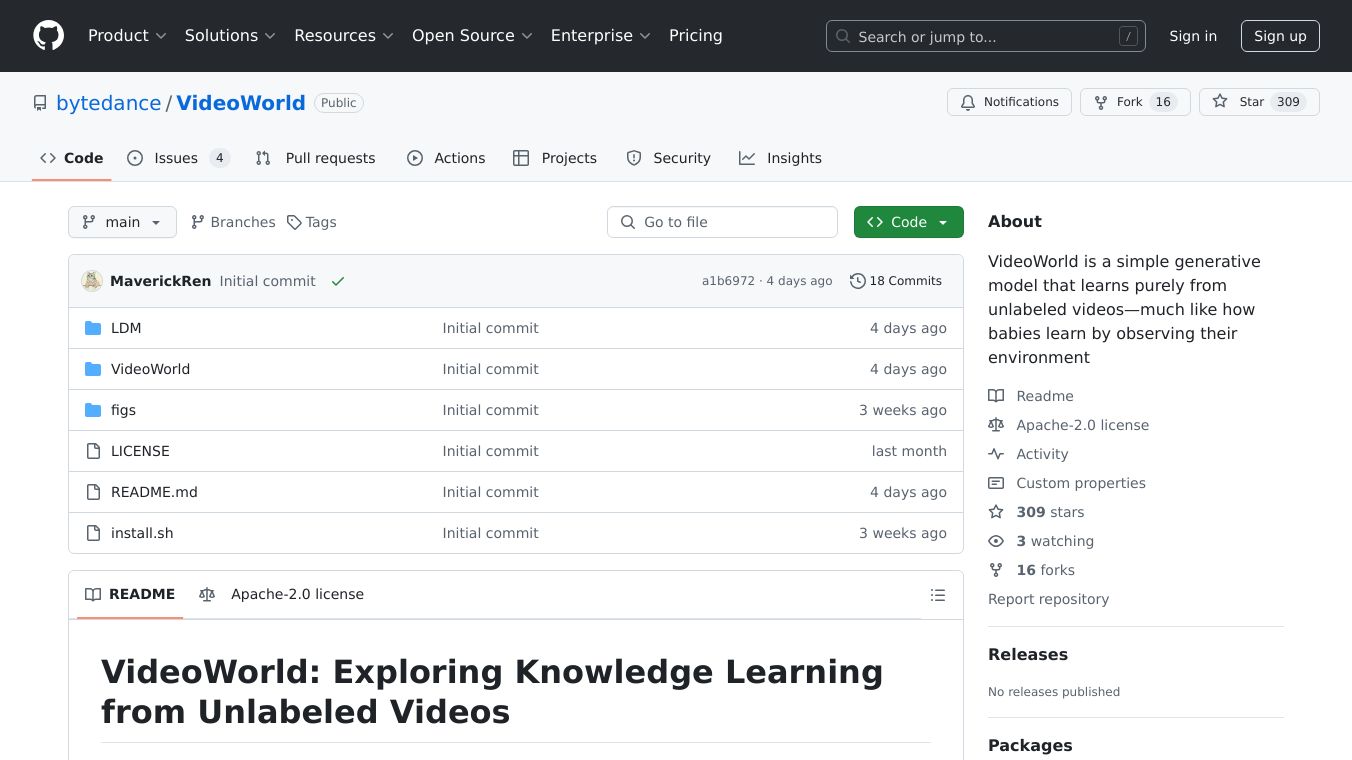
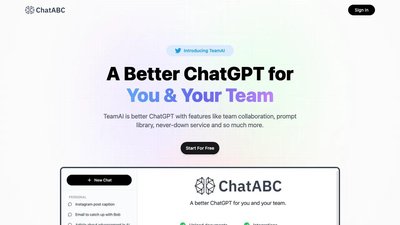
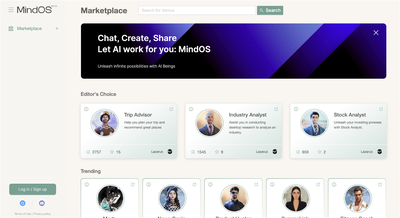


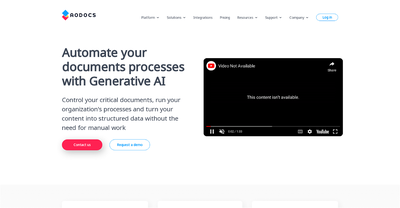
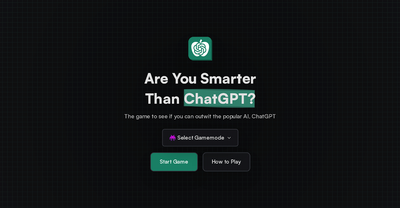
Comments
Please log in to post a comment.